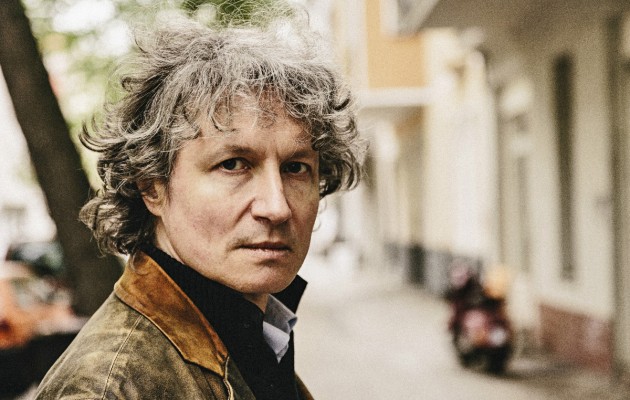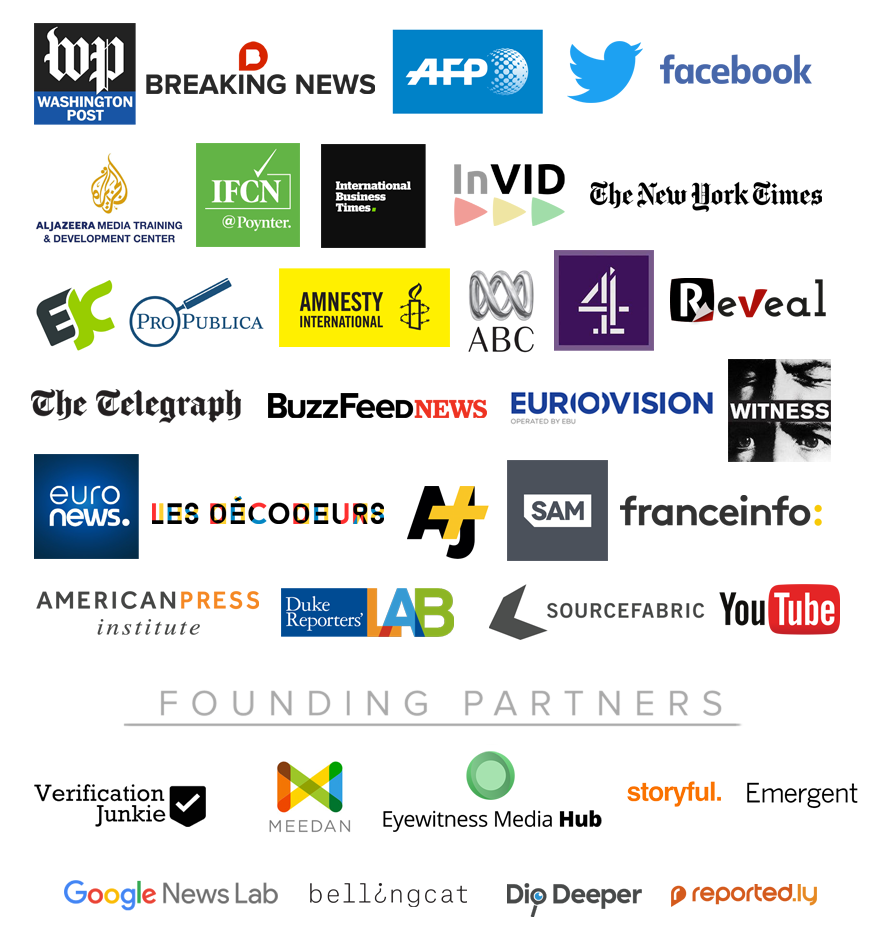By Robert Parry

Near the center of the current
furor over Donald Trump Jr.’s meeting with a Russian lawyer in June 2016 is a
documentary that almost no one in the West has been allowed to see, a film that
flips the script on the story of the late Sergei Magnitsky and his employer,
hedge-fund operator William Browder, pictured above.
The Russian lawyer, Natalie
Veselnitskaya, who met with Trump Jr. and other advisers to Donald Trump Sr.’s
campaign, represented a company that had run afoul of a U.S. investigation into
money-laundering allegedly connected to the Magnitsky case and his death in a
Russian prison in 2009. His death sparked a campaign spearheaded by Browder,
who used his wealth and clout to lobby the U.S. Congress in 2012 to enact the
Magnitsky Act to punish alleged human rights abusers in Russia. The law became
what might be called the first shot in the New Cold War.
According to Browder’s narrative,
companies ostensibly under his control had been hijacked by corrupt Russian
officials in furtherance of a $230 million tax-fraud scheme; he then dispatched
his “lawyer” Magnitsky to investigate and – after supposedly uncovering
evidence of the fraud – Magnitsky blew the whistle only to be arrested by the
same corrupt officials who then had him locked up in prison where he died of
heart failure from physical abuse.

Despite Russian denials – and the
“dog ate my homework” quality of Browder’s self-serving narrative – the
dramatic tale became a cause celebre in the West. The story eventually
attracted the attention of Russian filmmaker Andrei Nekrasov, pictured above, a known critic of
President Vladimir Putin. Nekrasov decided to produce a docu-drama that would
present Browder’s narrative to a wider public. Nekrasov even said he hoped that
he might recruit Browder as the narrator of the tale.
However, the project
took an unexpected turn when Nekrasov’s research kept turning
up contradictions to Browder’s storyline, which began to look more and more
like a corporate cover story. Nekrasov discovered that a woman working in
Browder’s company was the actual whistleblower and that Magnitsky – rather than
a crusading lawyer – was an accountant who was implicated in the scheme.
So, the planned docudrama
suddenly was transformed into a documentary with a dramatic reversal as
Nekrasov struggles with what he knows will be a dangerous decision to confront
Browder with what appear to be deceptions. In the film, you see Browder go from
a friendly collaborator into an angry adversary who tries to bully Nekrasov
into backing down.
Blocked Premiere

Ultimately, Nekrasov completes
his extraordinary film – entitled “The Magnitsky Act: Behind the Scenes” – and
it was set for a premiere at the European Parliament in Brussels in April 2016.
However, at the last moment – faced with Browder’s legal threats – the
parliamentarians pulled the plug. Nekrasov encountered similar resistance in
the United States, a situation that, in part, brought Natalie Veselnitskaya
into this controversy.
As a lawyer defending Prevezon, a
real-estate company registered in Cyprus, on a money-laundering charge,
she was dealing
with U.S. prosecutors in New York City and, in that role,
became an advocate for lifting the U.S. sanctions, The Washington Post
reported.

That was when she turned to
promoter Rob Goldstone, pictured above, to set up a meeting at Trump Tower with Donald Trump Jr.
To secure the sit-down on June 9, 2016, Goldstone dangled the prospect that
Veselnitskaya had some derogatory financial information from the Russian
government about Russians supporting the Democratic National Committee. Trump
Jr. jumped at the possibility and brought senior Trump campaign advisers, Paul
Manafort and Jared Kushner, along.
By all accounts, Veselnitskaya
had little or nothing to offer about the DNC and turned the conversation
instead to the Magnitsky Act and Putin’s retaliatory measure to the sanctions,
canceling a program in which American parents adopted Russian children. One
source told me that Veselnitskaya also wanted to enhance her stature in Russia
with the boast that she had taken a meeting at Trump Tower with Trump’s son.
But another goal of
Veselnitskaya’s U.S. trip was to participate in an effort to give Americans a
chance to see Nekrasov’s blacklisted documentary. She traveled to Washington in
the days after her Trump Tower meeting and attended a House Foreign Affairs
Committee hearing, according to The Washington Post.
There were hopes to show the
documentary to members of Congress but the offer was rebuffed. Instead a room
was rented at the Newseum near Capitol Hill. Browder’s lawyers. who had
successfully intimidated the European Parliament, also tried to strong arm the
Newseum, but its officials responded that they were only renting out a room and
that they had allowed other controversial presentations in the past.
Their stand wasn’t exactly a
profile in courage. “We’re not going to allow them not to show the film,” said
Scott Williams, the chief operating officer of the Newseum. “We often have
people renting for events that other people would love not to have happen.”
In an article about the
controversy in June 2016, The New York Times added that
“A screening at the Newseum is especially controversial because it could
attract lawmakers or their aides.” Heaven forbid!
One-Time Showing
So, Nekrasov’s documentary got a
one-time showing with Veselnitskaya reportedly in attendance and with a
follow-up discussion moderated by journalist Seymour Hersh. However, except for
that audience, the public of the United States and Europe has been essentially
shielded from the documentary’s discoveries, all the better for the Magnitsky
myth to retain its power as a seminal propaganda moment of the New Cold War.
After the Newseum
presentation, a Washington
Post editorial branded Nekrasov’s documentary Russian
“agit-prop” and sought to discredit Nekrasov without addressing his many
documented examples of Browder’s misrepresenting both big and small facts in
the case. Instead, the Post accused Nekrasov of using “facts highly
selectively” and insinuated that he was merely a pawn in the Kremlin’s
“campaign to discredit Mr. Browder and the Magnitsky Act.”
The Post also misrepresented the
structure of the film by noting that it mixed fictional scenes with real-life
interviews and action, a point that was technically true but willfully
misleading because the fictional scenes were from Nekrasov’s original idea for
a docu-drama that he shows as part of explaining his evolution from a believer
in Browder’s self-exculpatory story to a skeptic. But the Post’s deception is
something that almost no American would realize because almost no one got to
see the film.
The Post concluded smugly: “The
film won’t grab a wide audience, but it offers yet another example of the
Kremlin’s increasingly sophisticated efforts to spread its illiberal values and
mind-set abroad. In the European Parliament and on French and German television
networks, showings were put off recently after questions were raised about the
accuracy of the film, including by Magnitsky’s family.
“We don’t worry that
Mr. Nekrasov’s film was screened here, in an open society. But it is
important that such slick spin be fully exposed for its twisted story and sly
deceptions.”
The Post’s gleeful editorial had
the feel of something you might read in
a totalitarian society where the public only hears about
dissent when the Official Organs of the State denounce some almost unknown
person for saying something that almost no one heard.
New Paradigm
The Post’s satisfaction that
Nekrasov’s documentary would not draw a large audience represents what is
becoming a new paradigm in U.S. mainstream journalism, the idea that it is the
media’s duty to protect the American people from seeing divergent narratives on
sensitive geopolitical issues.

Over the past year, we have seen
a growing hysteria about “Russian
propaganda” and “fake news” with The New York Times and other
major news outlets eagerly
awaiting algorithms that can be unleashed on the Internet to
eradicate information that groups like Google’s First Draft Coalition, pictured above, deem
“false.”
First Draft consists of the
Times, the Post, other mainstream outlets, and establishment-approved online
news sites, such as Bellingcat with links to the pro-NATO think tank, Atlantic
Council. First Draft’s job will be to serve as a kind of Ministry of Truth and
thus shield the public from information that is deemed propaganda or untrue.
In the meantime, there is the ad
hoc approach that was applied to Nekrasov’s documentary. Having missed the
Newseum showing, I was only able to view the film because I was given a special
password to an online version.
From searches that I did on
Wednesday, Nekrasov’s film was not available on Amazon although a pro-Magnitsky
documentary was. I did find a streaming service that appeared to have the film
available.
But the Post’s editors were right
in their expectation that “The film won’t grab a wide audience.” Instead, it
has become a good example of how political and legal pressure can effectively
black out what we used to call “the other side of the story.” The film now,
however, has unexpectedly become a factor in the larger drama of Russia-gate
and the drive to remove Donald Trump Sr. from the White House.

No comments:
Post a Comment